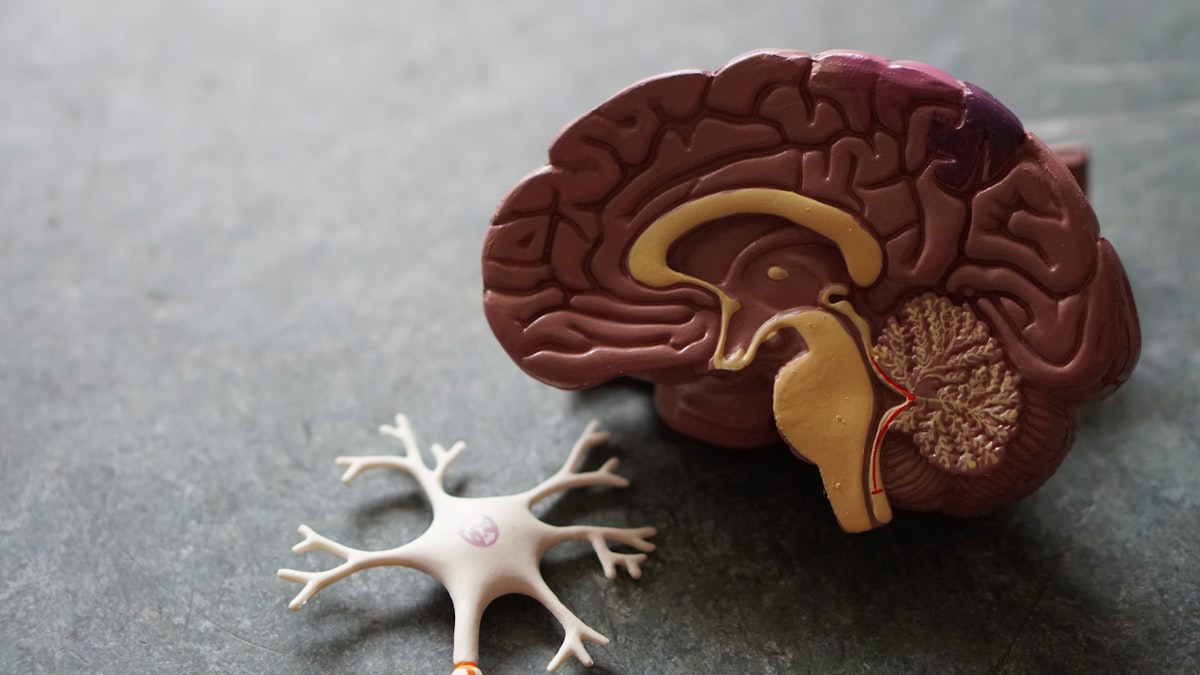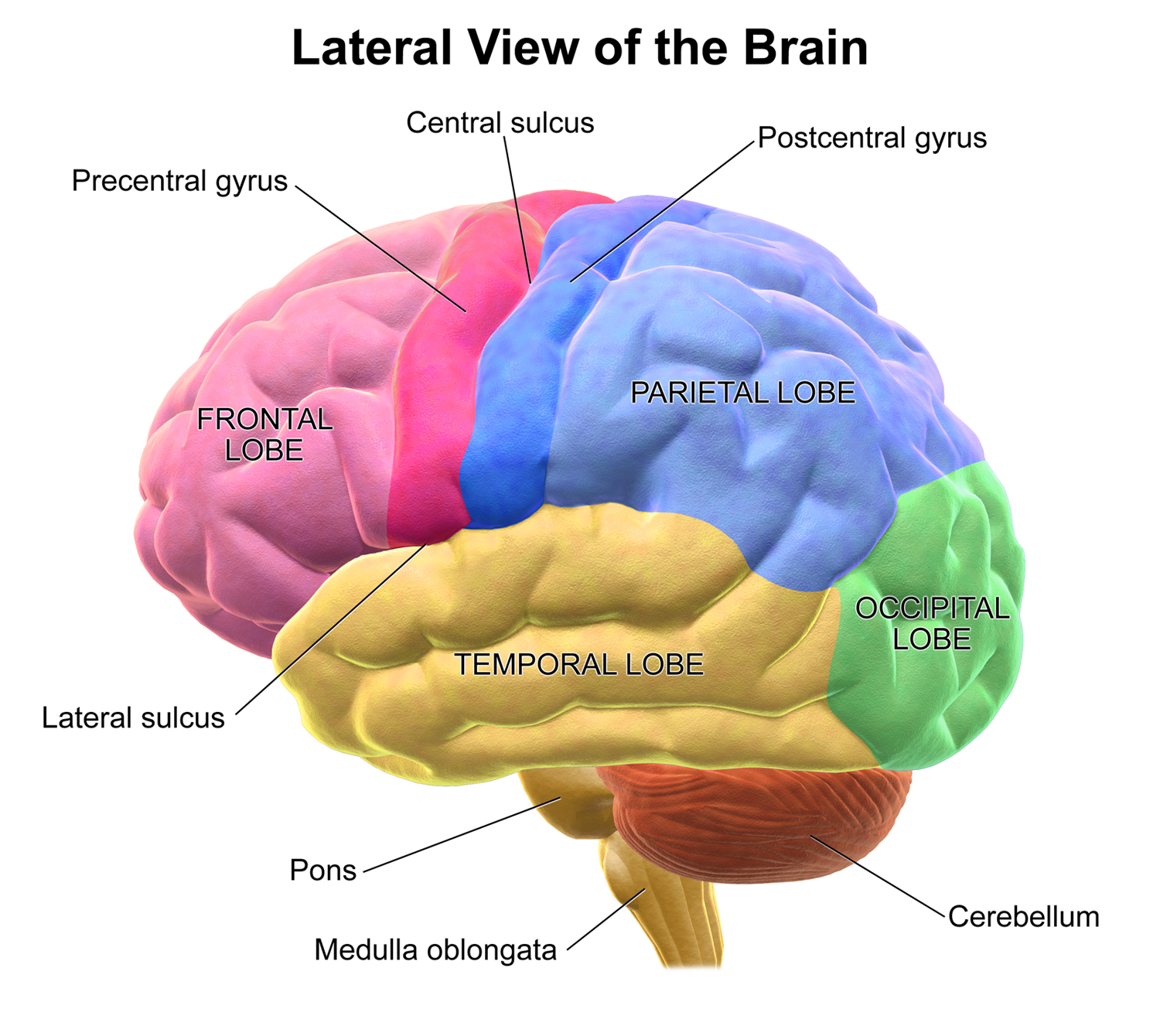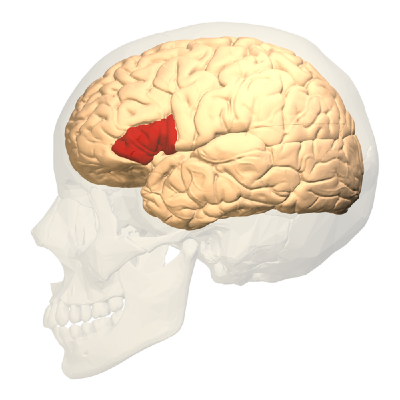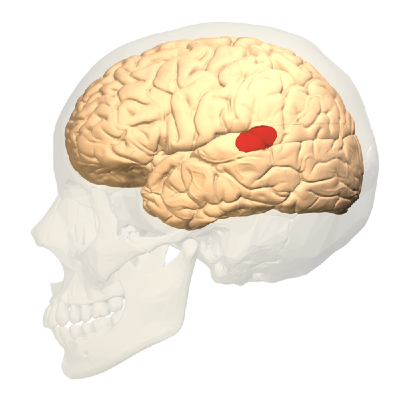The Biological Approach to Behavior: Localization

Localization of function is an idea that explores the connection between patterns of behaviour and parts of the brain. This idea has a long history, dating back to ancient times when scholars like Hippocrates speculated about the brain's role in behaviour. However, it was not until the 19th century that localization gained more scientific credibility. While it is tempting to find associations for every behaviour with a specific brain region - a brain centre for hope, a brain centre for criminal behaviour or a brain centre for embarrassment - this has only partially been achieved, meaning that there are limitations to the localization theory.
Brain Structure
Generally, the nervous system can be described as a system of neurons that perform the function of communication in the body with the help of electrochemical signals. The brain, along with the spinal cord, is an essential part of the central nervous system. The major parts of the human brain include the cortex, cerebellum, limbic system and brain stem.
The cortex is the outer layer of neural tissue covering the brain and is the largest part of the human brain associated with higher-order functions. The cortex is divided into four sections called "lobes".
- The frontal lobes are associated with reasoning, planning, decision-making, voluntary action, complex emotions etc.
- The parietal lobe is associated with movement, orientation, perception and recognition.
- The occipital lobe is associated with visual processing of information captured from our eyes.
- The temporal lobes are associated with processing auditory information, memory and speech.
A deep furrow along the cortex divides it into the left and right hemispheres. The structure connecting these two hemispheres is known as the corpus callosum.

The cerebellum, nicknamed "the little brain", looks somewhat like the cortex with two hemispheres and a folded surface. It is associated with coordination of movement and balance.
The limbic system is sometimes referred to as the "emotional brain" and is an evolutionarily older subcortical structure. It includes the following structures:
- The thalamus which has mostly sensory functions. Nerves from all sensory organs reach the thalamus before they are connected to the cortex.
- The hypothalamus is involved in functions such as emotion, thirst and hunger.
- The amygdala is involved in memory, emotion and fear.
- The hippocampus is involved in functions such as learning, memory and spatial orientation.
The brain stem is located underneath the limbic system and regulates the basic vital processes such as breathing and heartbeat. It connects the brain to the spinal cord.
Research Supporting Strict Localization
To understand how connections between brain regions and psychological functions were established, one needs to look at how research regarding the theory of localization is organised.
The first research studies that inspired psychologists to investigate the idea of strict localization of function were performed on patients with brain damage. Some of these studies demonstrated that a person with brain damage to a very specific area of the brain may demonstrate a very specific malfunction in behaviour.
Paul Broca conducted one such study known as the case study of "Tan".
The human subject, Louis Leborgne (commonly referred to as "Tan"), lost the ability to speak when he was 30. His inability to speak was the only malfunction though, as his intelligence was still intact and he understood everything he was asked and even tried to communicate back. He was later admitted for surgery, after developing gangrene (a potentially fatal condition that happens when the blood flow to a large area of tissue is cut off), which was to be performed by Paul Broca, a French physician specialising in language. By that time "tan" was the only syllable Leborgne could pronounce, often accompanied by expressive hand gestures.
His condition remained the same until his death at the age of 51. An autopsy of his brain was carried out and it revealed a lesion in the frontal area of the left hemisphere in a particular region in the posterior inferior frontal gyrus. This region is now referred to as the Broca's area. Leborgne's condition, the loss of articulated speech, is now known as Broca's aphasia.

Before asserting that speech articulation is controlled by the left frontal lobe, Broca described 25 additional patients with the same problem as Louis Leborgne. These findings inspired many others to map different functions onto specific areas of the brain.
Wernicke's area, located in the temporal lobe of the dominant hemisphere, was discovered by Carl Wernicke in 1874. Wernicke's area is responsible for the comprehension of written and spoken language. People with Wernicke's aphasia have a general language comprehension debilitation, though their speech production is still intact. Consequently, they sound very fluent and natural when they speak, but what they say is in fact largely meaningless.

Wilder Penfield, a Canadian neurosurgeon, mapped brain functions on a larger scale. He used the method of neural stimulation which was conducted as part of his work treating patients with severe epilepsy. He would destroy nerve cells that initiated the seizure, however, before doing so, he would stimulate various parts of the brain while the patient was still conscious and observe the effects this stimulation had on behaviour.
Using this technique, Penfield eventually created a map of the sensory and motor cortex known as the cortical homunculus, showing the relative representation of various parts of the body in the sensory cortex.
As tempting as it is to make the claim that psychological functions are strictly localized based on discoveries by Broca, Wernicke and Penfield (among others), it is not that simple.
Research Opposing the Idea of Strict Localization
Karl Lashley, an American psychologist and behaviourist, inflicted carefully controlled induced brain damage in the cortex of rats and measured their behaviour before and after the procedure.
In a typical study, he would train a rat to run through a maze without errors. After learning occurred, he would remove an area from the cortex. He removed varying portions of the cortex in different rats, ranging from 10% to 50%. Then he would place the rat back at the start of the maze and register the change in behaviour. The idea was that if the memory of the maze is localized somewhere in the brain, then by removing area after area you will be able to pinpoint the specific region in the cortex associated with memory. However, this search turned out to be a failure. And so, Lashley concluded that memory was distributed rather than localized based on the following observations:
- The principle of mass action based on a correlation observed between the percentage of cortex removed and learning abilities. They main idea is that performance deterioration depends on the percentage of cortex destroyed, not the location of the destroyed cells.
- Equipotentiality which refers to the ability of one part of the cortex to take over the functions of another part of the cortex.
While, Lashley's ideas about distribution are justified, it has been shown tat memory is not as evenly and uniformly distributed in the cortex as he thought.
Conclusions
The difference between the two extreme positions - the localizationism of Broca, Wernicke and Penfield vs the holism of Lashley - may very well stem from the methods used in their studies. After all, localizationists rationalised localization based on aphasia resulting from brain damage; while holists investigated maze running behaviour in mice.
The two extremes need to meet in the middle and find a converging position that more accurately reflects localization in the brain. At the moment, neuroscience supports relative localization, which essentially mans that localization exists for some functions under some conditions, however, it also clearly outlines limits of localization.
All in all, localization is a very interesting concept within the realm of neuroscience and ought to be discussed more often. It is of utmost importance to to explore the limits of localization in the brain, and discover more about how our functions and behaviours can be influenced by structural/biological changes.



